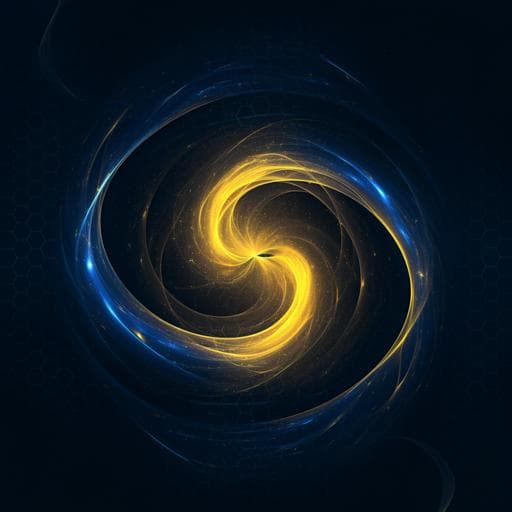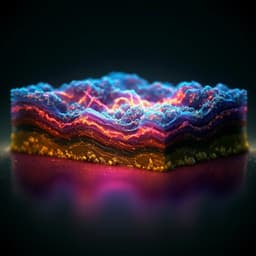
Physics
A quantum critical Bose gas of magnons in the quasi-two-dimensional antiferromagnet YbCl<sub>3</sub> under magnetic fields
Y. Matsumoto, S. Schnierer, et al.
Discover the fascinating phenomenon of quantum critical Bose–Einstein condensation in YbCl3, where researchers from Max Planck Institute for Solid State Research and University of Tokyo reveal how weak interlayer coupling can result in marginal BEC in quasi-2D systems. A groundbreaking study that pushes the boundaries of condensed matter physics!
~3 min • Beginner • English
Related Publications
Explore these studies to deepen your understanding of the subject.







